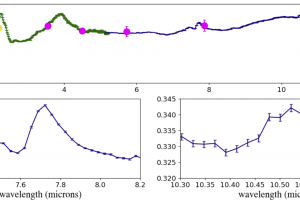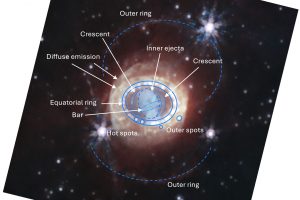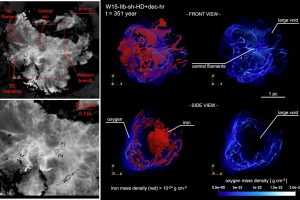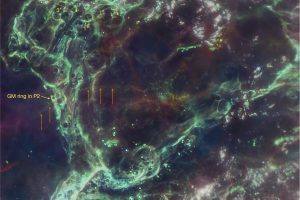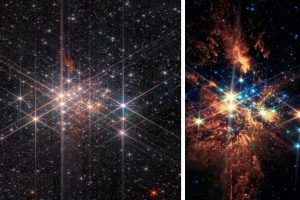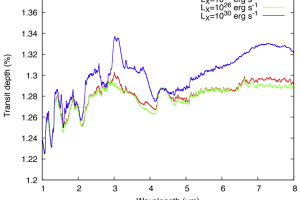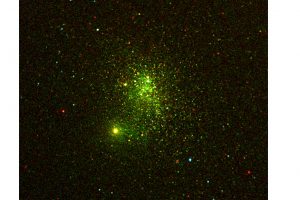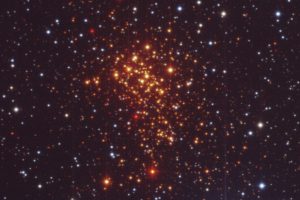“Spectroscopy of Free-Floating Planetary-Mass Objects and their disks with JWST” by B. Damian (University of St Andrews): eight isolated planetary-mass objects caught by the James Webb Space Telescope
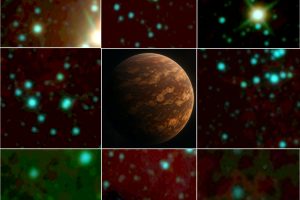
Eight free-floating planetary-mass objects, identified in three star-forming regions, exhibit unique features: signs of ongoing planet formation and silicate-rich clouds in their photospheres. It was in the year 2000 that we first learned of the possible existence of free-floating planetary-mass objects—not bound to any exoplanetary system—thanks to observations analyzed by two research groups, one from the Institute of Astrophysics
» Read more
